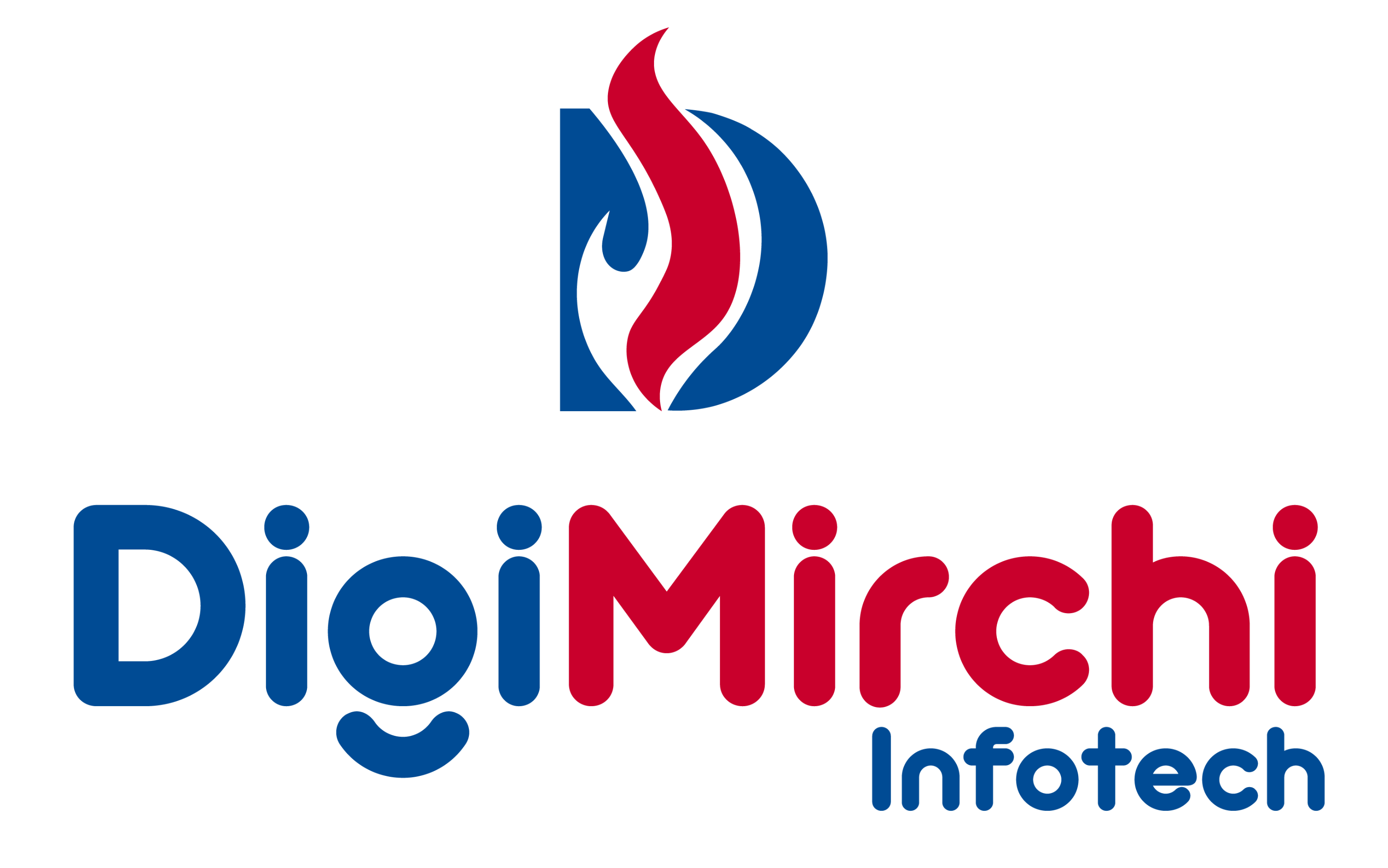The Power of Email Marketing Automation
Email marketing automation has transformed from a luxury to a necessity in 2025. With consumers expecting personalized, timely communications, automation enables businesses to deliver relevant messages at scale. When implemented correctly, automated email campaigns can nurture leads, drive conversions, and build lasting customer relationships while saving time and resources.
The modern email automation landscape offers sophisticated tools that leverage AI, behavioral triggers, and dynamic personalization. However, technology alone doesn't guarantee success. The most effective automated campaigns combine smart technology with strategic planning, compelling content, and continuous optimization.
Essential Automation Workflows to Implement
Welcome Series: First impressions matter. A well-crafted welcome series introduces new subscribers to your brand, sets expectations, and begins the relationship-building process. Include 3-5 emails over the first week covering your brand story, most popular content or products, and a special first-time offer. This series typically sees open rates 50-80% higher than regular campaigns.
Abandoned Cart Recovery: Recover lost sales with strategic cart abandonment emails. Send the first reminder within one hour, highlighting the items left behind. Follow up 24 hours later with additional product benefits or social proof. A third email after 72 hours can include a limited-time incentive. This sequence alone can recover 15-20% of abandoned carts.
Re-engagement Campaigns: Win back inactive subscribers before they're lost forever. Identify subscribers who haven't engaged in 60-90 days and send a re-engagement series. Start with a friendly check-in, follow with your best content or special offer, and conclude with a preference update option. This keeps your list healthy and engaged.
Personalization Beyond First Names
True personalization goes far beyond inserting a subscriber's first name. Leverage behavioral data to tailor content based on browsing history, past purchases, email engagement patterns, and demographic information. Dynamic content blocks allow you to show different content to different segments within the same email, maximizing relevance for every recipient.
Use predictive analytics to anticipate customer needs. If someone frequently purchases a product every three months, trigger a reminder email just before they're likely to reorder. Product recommendation engines can suggest items based on browsing behavior and purchase history, significantly increasing average order value.
Segmentation Strategies That Work
Effective segmentation is the foundation of successful automation. Beyond basic demographics, segment by behavior, engagement level, purchase history, and customer lifecycle stage. Create micro-segments for highly targeted campaigns. A loyal customer who purchases quarterly needs different messaging than a first-time buyer or someone browsing but not purchasing.
Implement progressive profiling to gather information over time without overwhelming subscribers. Each interaction is an opportunity to learn more about preferences and interests. Use this data to refine segments and improve message relevance continuously. The more targeted your segments, the higher your engagement and conversion rates.
Timing and Frequency Optimization
Send time optimization has become more sophisticated with AI-powered tools that identify the best time to reach each individual subscriber. However, always balance automation with common sense. Avoid sending multiple automated emails on the same day, which can overwhelm recipients and increase unsubscribe rates.
Establish frequency caps to prevent email fatigue. While some customers welcome daily emails, others prefer weekly or monthly communications. Allow subscribers to set their own preferences, and honor those choices. Respect for inbox boundaries builds trust and improves long-term engagement.
Testing and Continuous Improvement
A/B testing should be ongoing, not occasional. Test subject lines, preview text, send times, content layout, and calls-to-action. Even small improvements compound over time. Run tests on significant portions of your list to ensure statistical significance, then apply winning elements to your broader campaigns.
Monitor key metrics beyond open and click rates. Track conversion rates, revenue per email, list growth rate, and unsubscribe trends. These deeper metrics reveal the true health of your email program. Use insights to refine workflows, update content, and improve targeting continuously.
Compliance and Deliverability
Maintaining high deliverability is crucial for automation success. Follow email authentication protocols like SPF, DKIM, and DMARC. Monitor sender reputation scores and address any deliverability issues promptly. Regularly clean your list by removing hard bounces and chronically unengaged subscribers.
Stay compliant with regulations like GDPR, CAN-SPAM, and other privacy laws. Ensure clear unsubscribe options in every email. Obtain explicit consent before adding subscribers to automated workflows. Compliance isn't just legal protection; it's a foundation of trust with your audience.
Building Your Automation Strategy
Start with one or two essential workflows and expand as you gain confidence and data. Focus on quality over quantity. A few well-executed automated campaigns deliver better results than numerous mediocre ones. Document your workflows, review performance monthly, and stay current with email marketing innovations.
DigiMirchi Infotech helps businesses implement sophisticated email marketing automation that drives revenue and builds customer relationships. Our experts design, execute, and optimize automated campaigns tailored to your unique business needs. Let us help you unlock the full potential of email marketing automation for sustainable growth.







